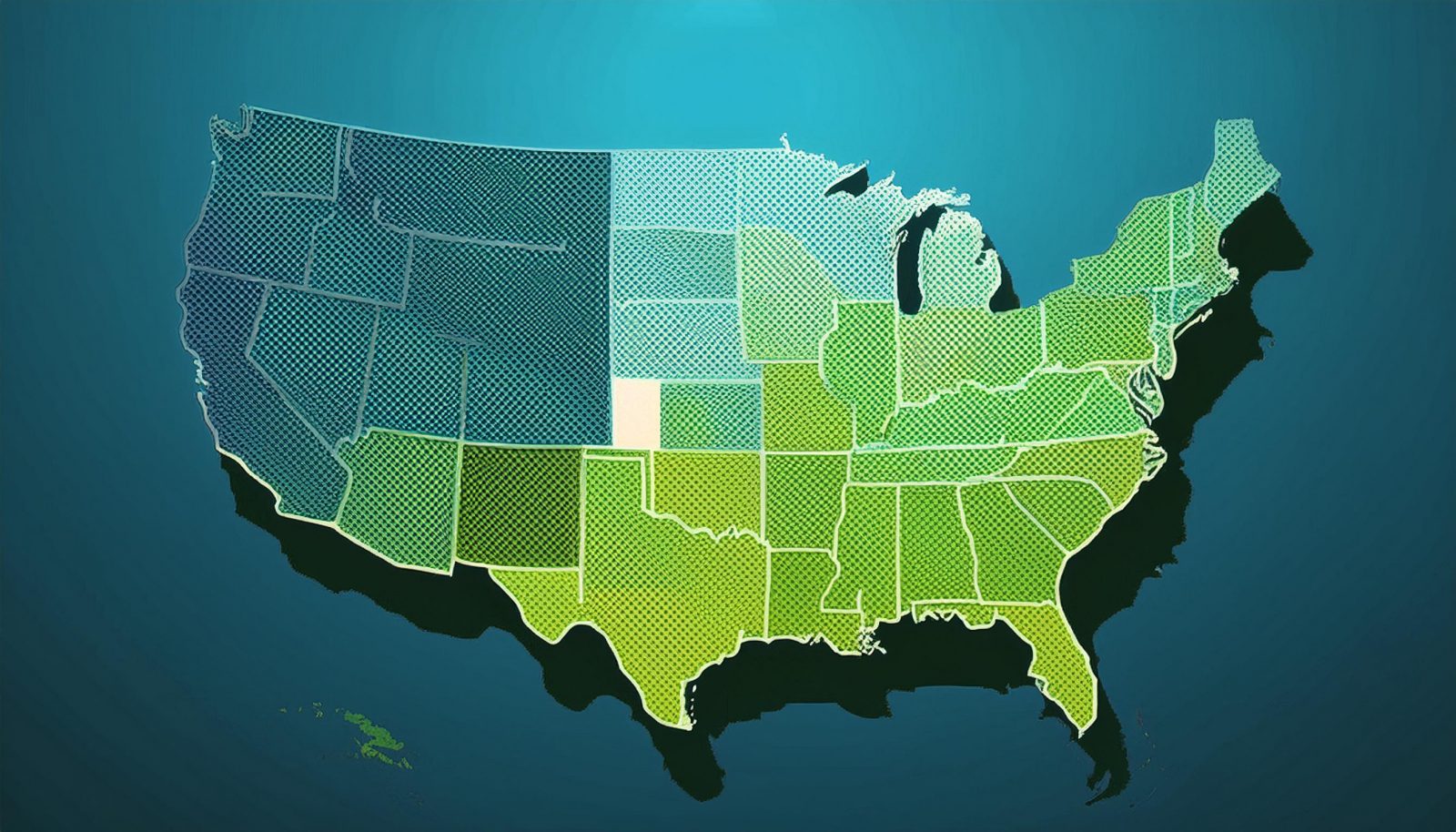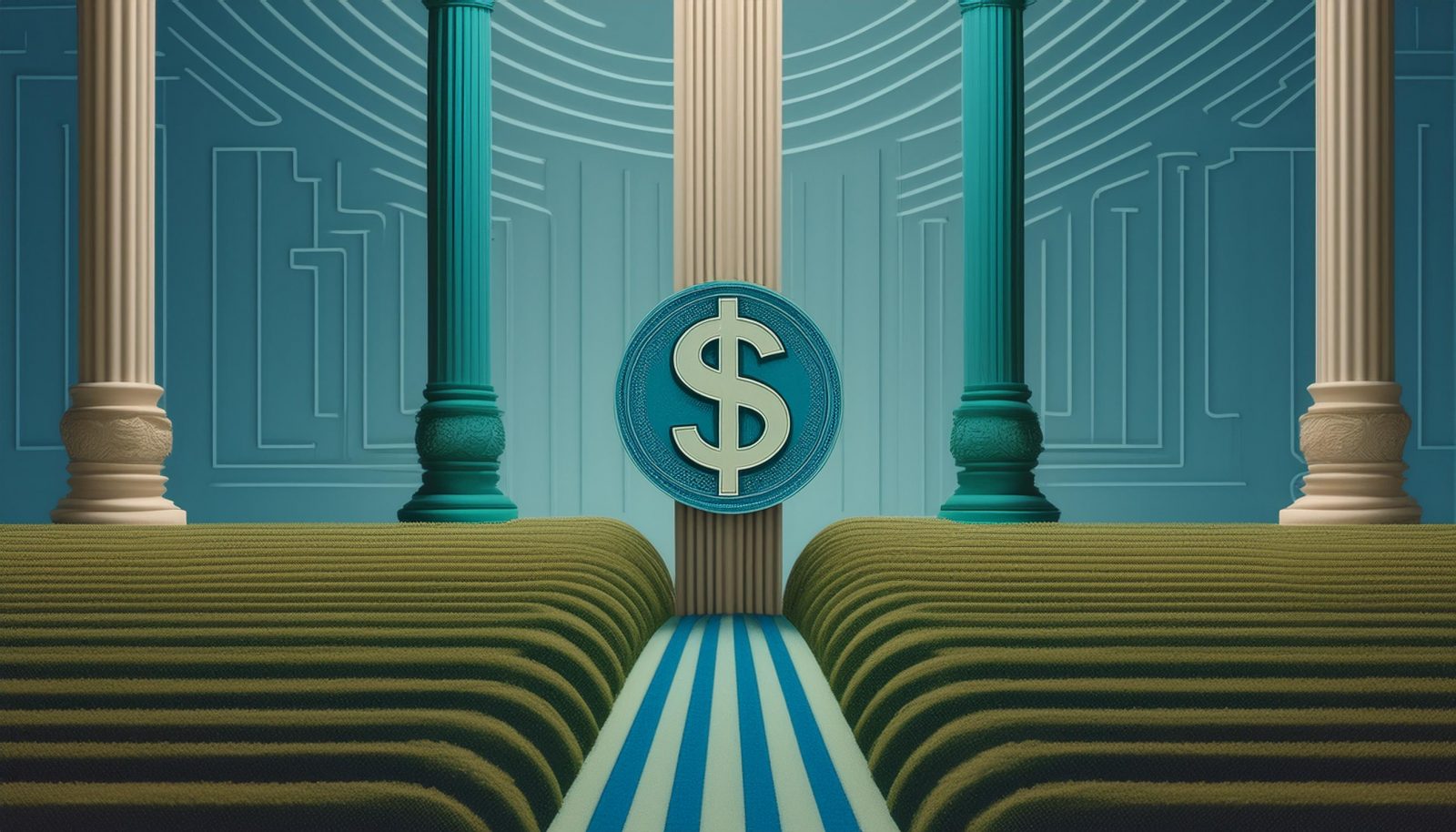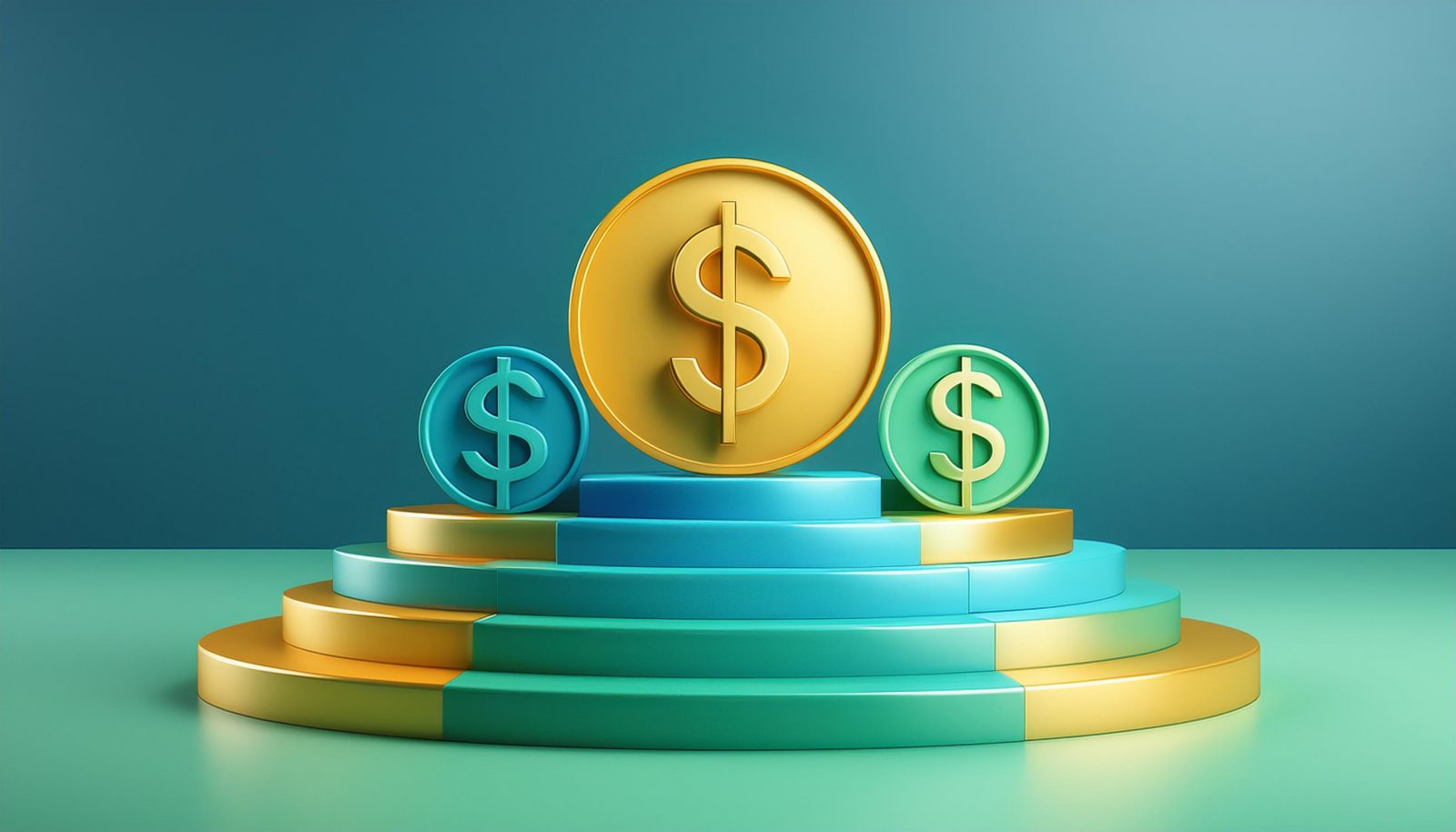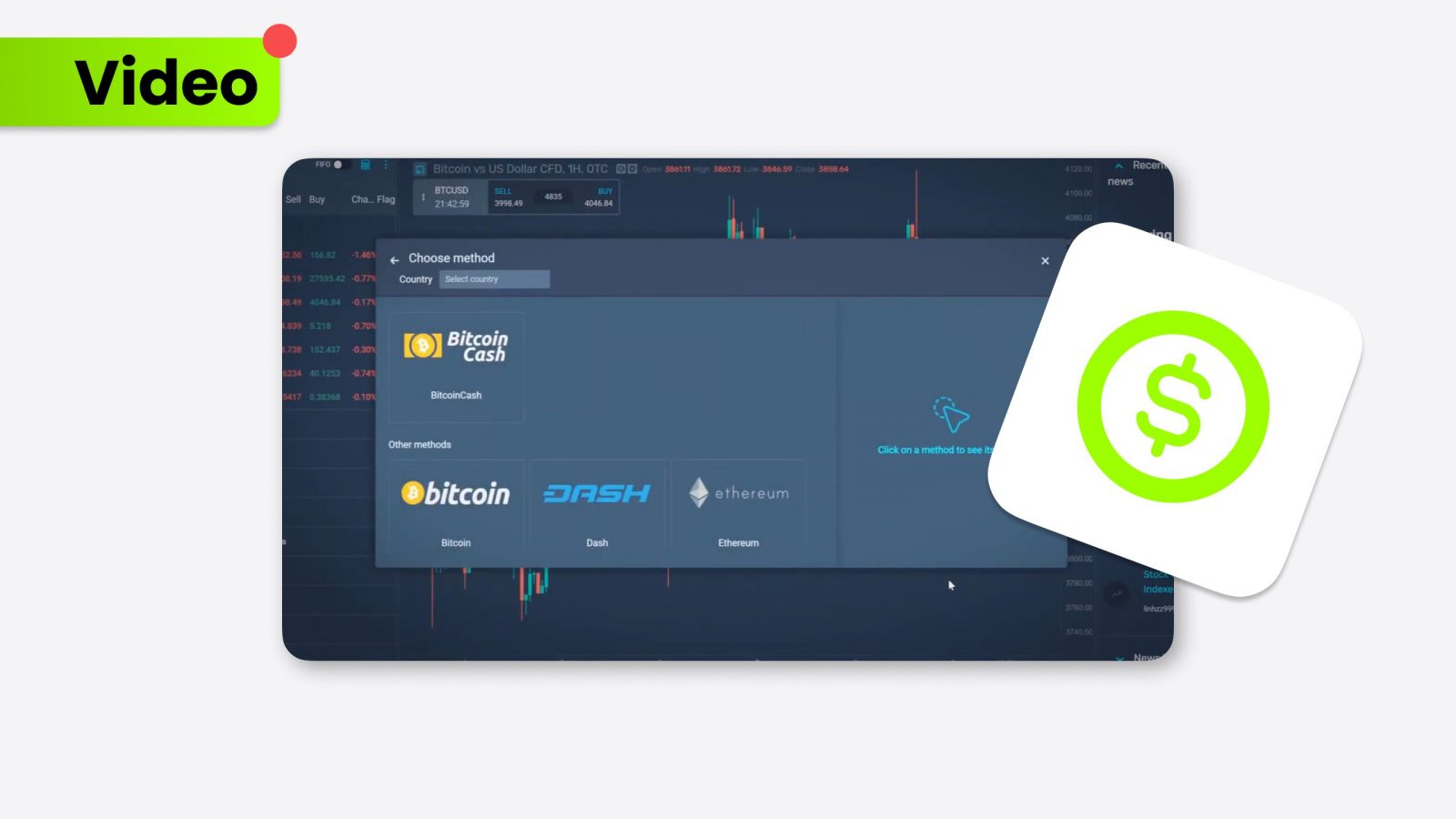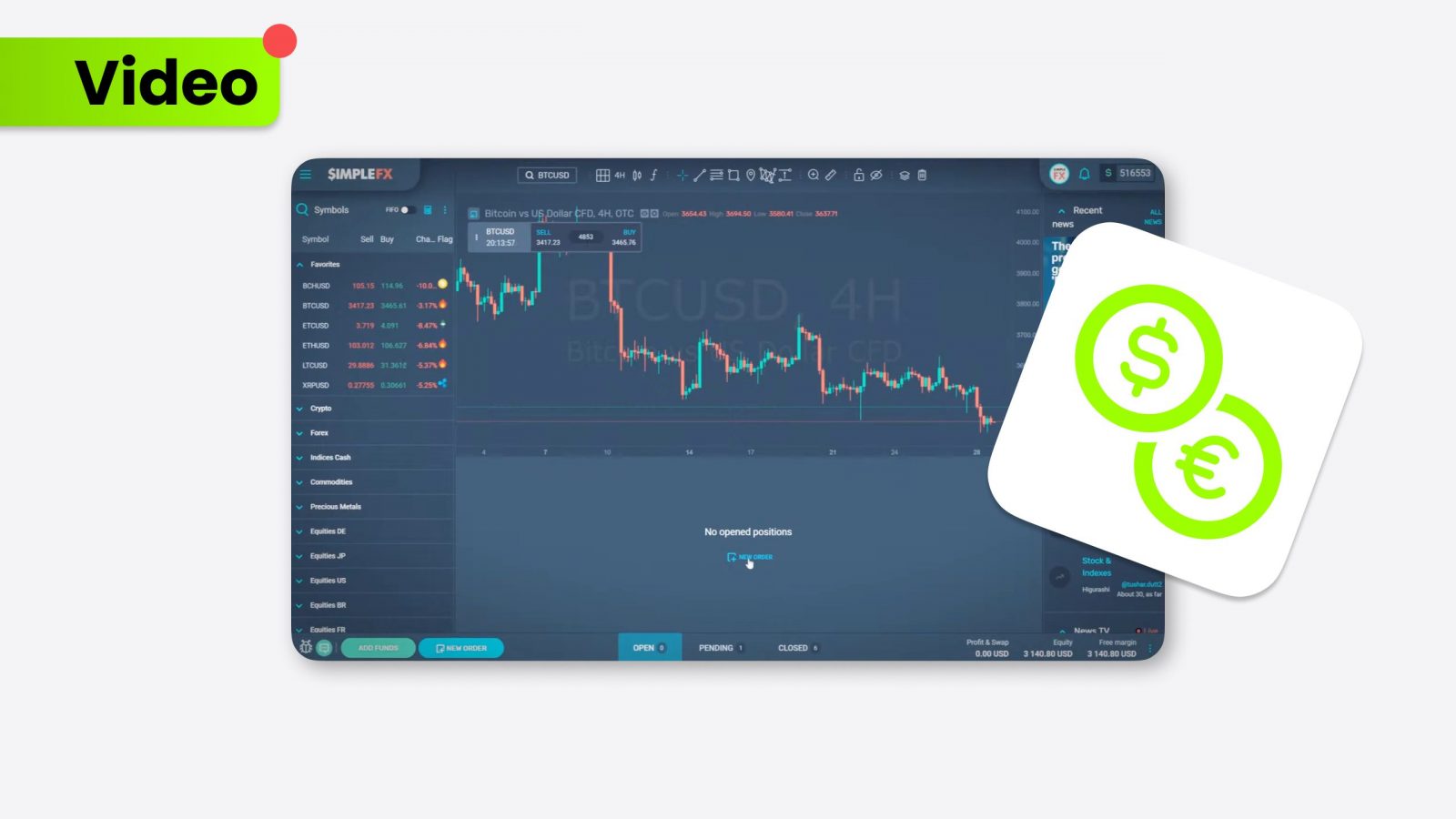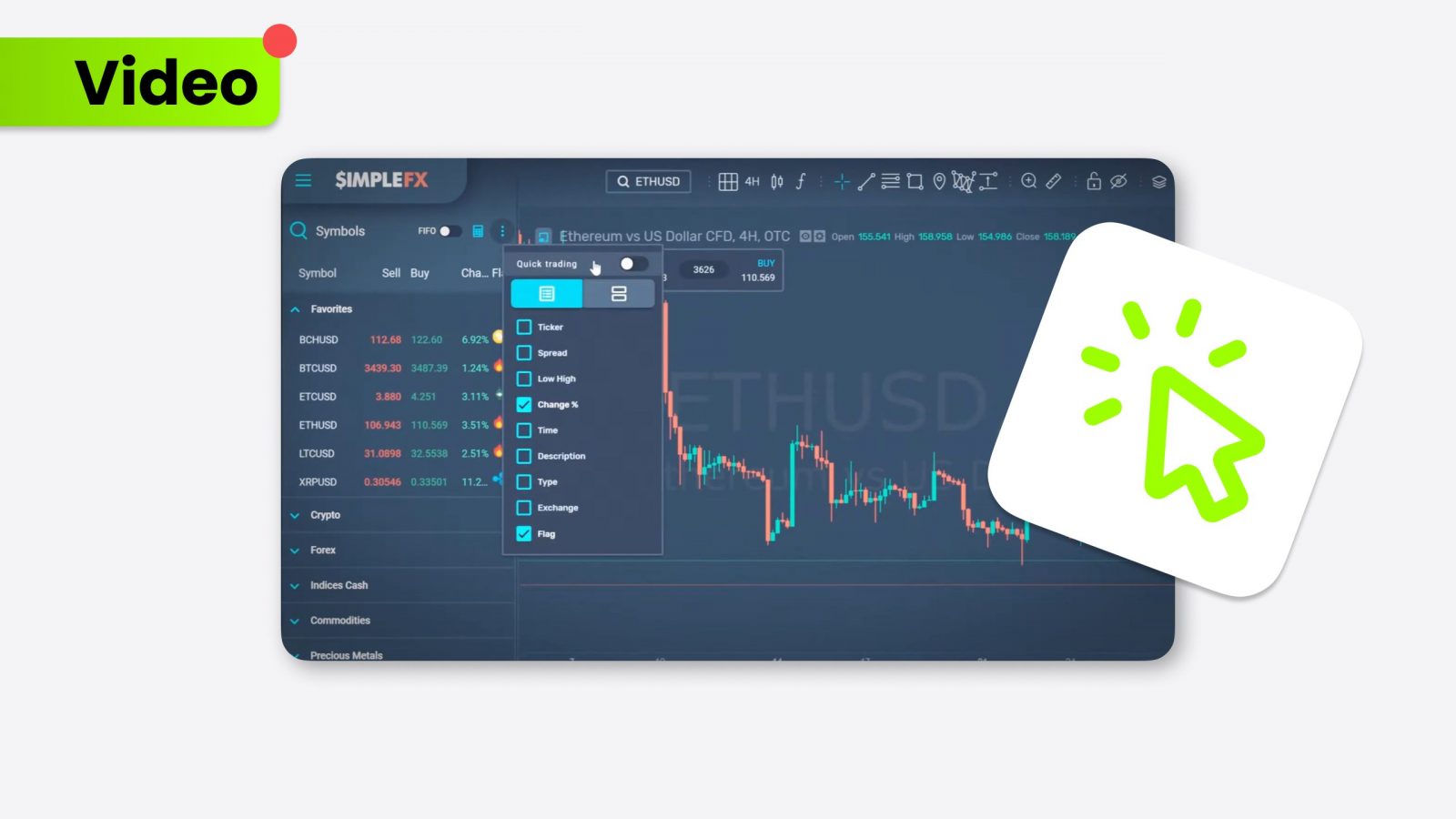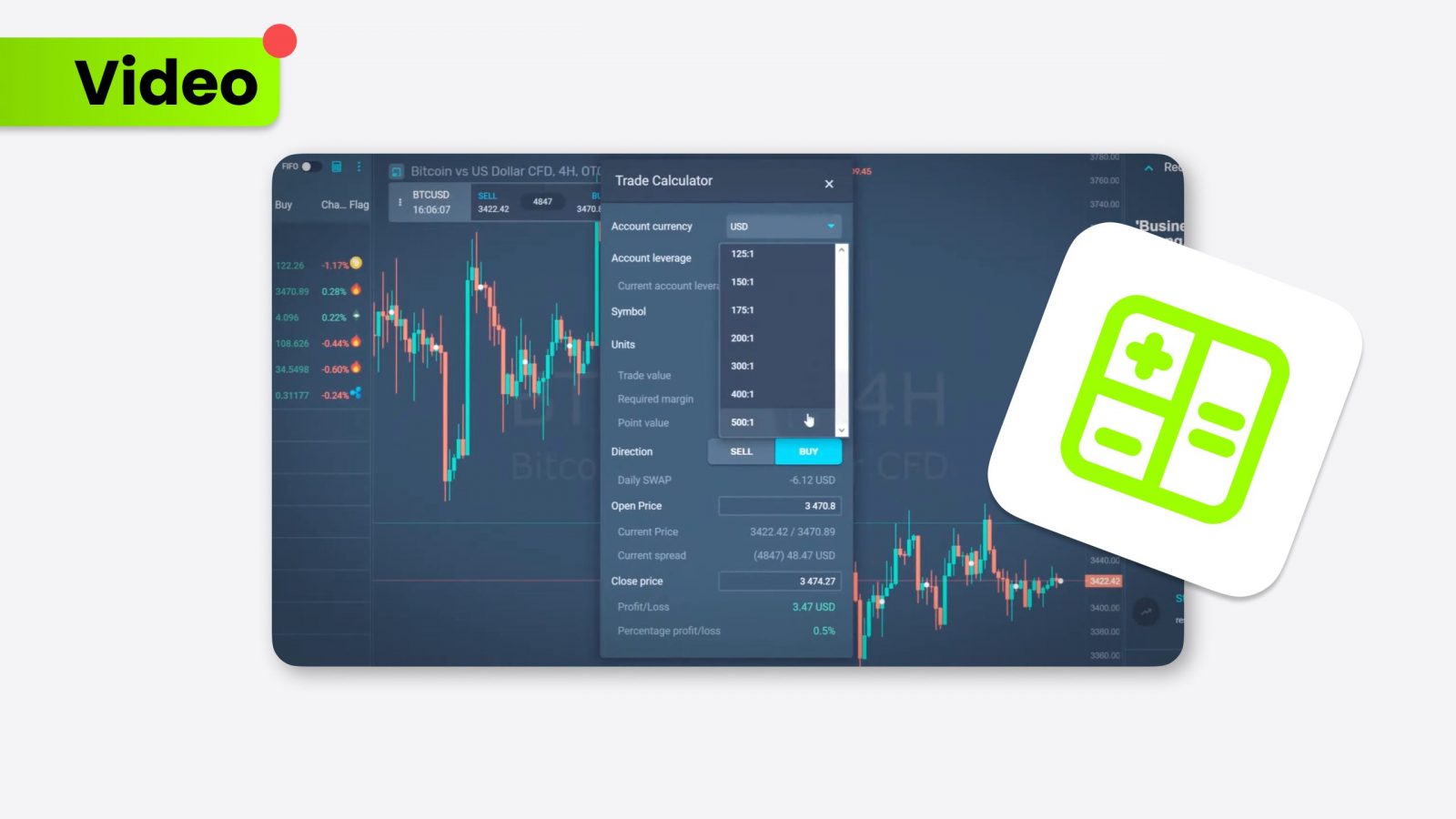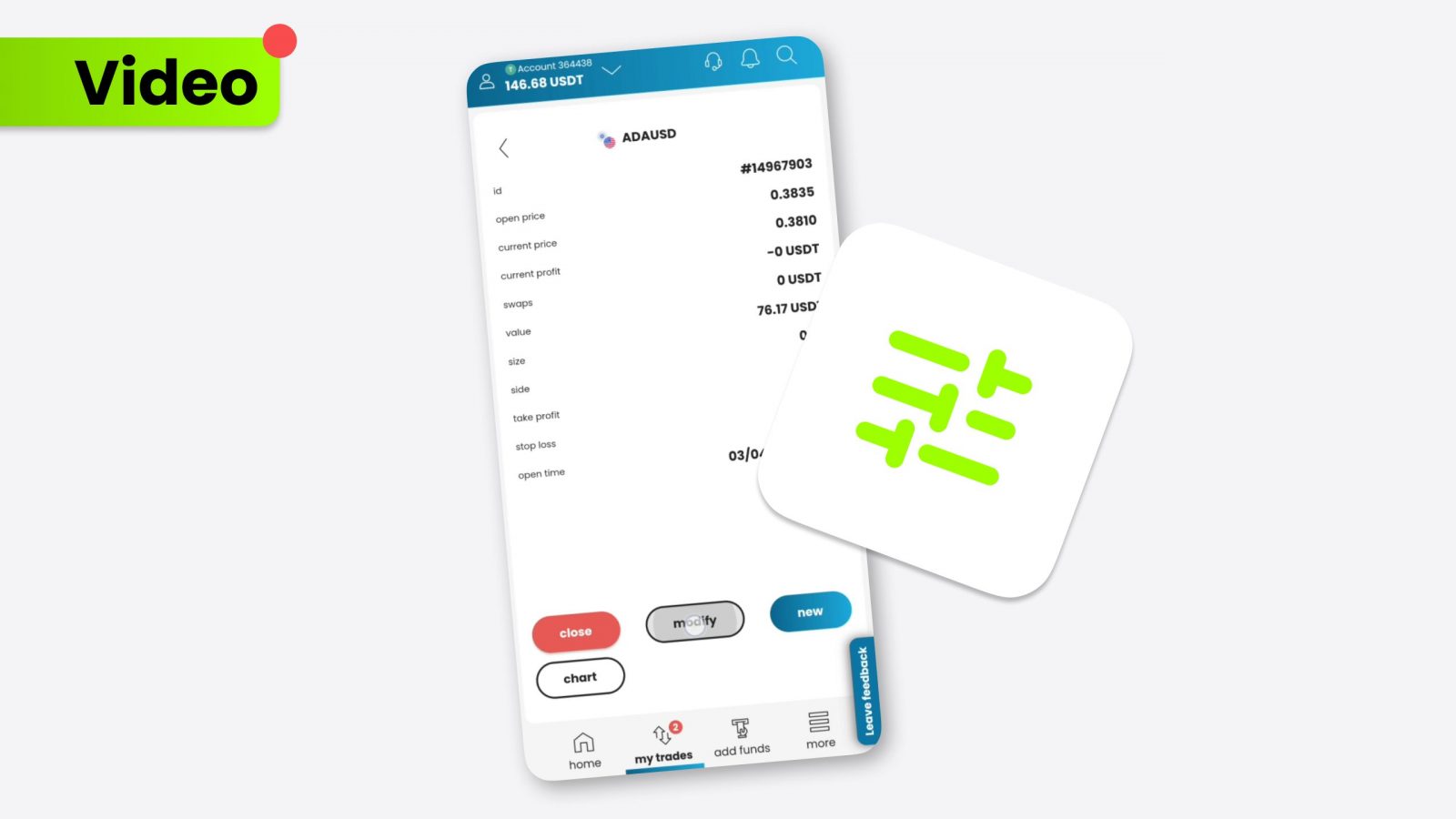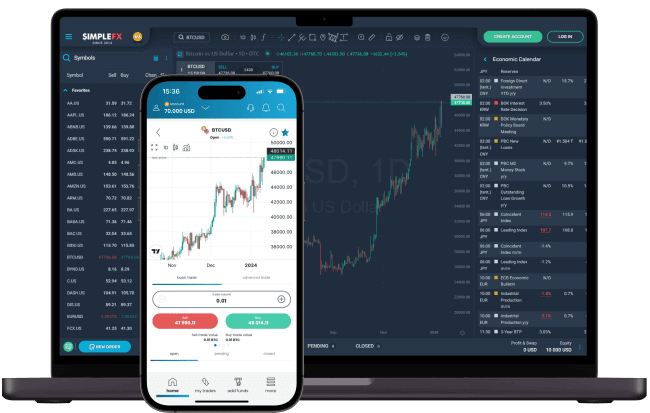The USD history is rich with pivotal moments that have significantly shaped its course and impact on the global economy.
- The Coinage Act of 1792 established the U.S. Dollar and set a stable foundation for the future.
- The Bretton Woods Agreement reinforced the USD’s dominance by making it the world’s primary reserve currency linked to gold.
- Institutions such as the FED and the IMF have been central to shaping monetary policies and stabilizing the USD through various fluctuations.
- The USD’s influence extends across multiple markets, including forex, commodities, and the recent inclusion in the crypto market.
USD history: Square one
When did the USD history begin? The rise of the U.S. Dollar comes together with the constant expansion of the United States.
The story begins with the Coinage Act of 1792, legislation establishing the USD as the standard unit of money in the United States. This act not only created the U.S. dollar but also fixed the dollar’s value in terms of a specific amount of silver and gold. This early decision laid the foundation for the dollar’s future stability and credibility.
Throughout the USD’s history, the world faced new economic challenges and shifts, prompting another landmark in its history: the Bretton Woods agreement in 1944. This agreement strengthened the USD’s role on the international stage by pegging global currencies to the U.S. dollar, which was itself convertible into gold at a fixed rate.
Traders cannot forget about the importance of gold. Before the age of globalization and complex financial instruments, gold was an even more crucial asset in the market, making the currency directly linked to this metal trustworthy. By adopting the gold standard, where the value of the USD was linked to gold, the United States ensured that its currency was seen as stable and reliable.
History of the USD: Introduction of institutions
The history of the U.S. Dollar is linked to the development and evolution of critical financial institutions. Traders should especially keep tabs on the Federal Reserve System (FED) and the International Monetary Fund (IMF). These institutions have played pivotal roles in shaping American monetary policy and managing interest rates.
The Federal Reserve, established in 1913, directly responded to the financial panics that frequently disrupted the U.S. economy in the late 19th and early 20th centuries. Its creation marked a significant milestone in the history of the USD. The FED focuses on providing the country with a safer, more flexible, and more stable monetary policy and financial system. The Fed’s role in controlling inflation, regulating banks, and adjusting interest rates has been crucial in stabilizing the U.S. dollar thanks to analyses of various economic indicators.
Meanwhile, the IMF, established in 1944 at the Bretton Woods Conference, was part of a broader effort to ensure post-World War II economic stability and reconstruction. The IMF’s role has been central in maintaining the position of the USD as the world’s primary reserve currency. It has helped maintain global financial stability, which in turn has reinforced the strength and reliability of the USD on the international stage.
USD historical exchange data
Over the last century, the U.S. Dollar has dealt with numerous unstable periods. They significantly impacted the currency’s value and position in the global economy.
The Great Depression in the 1930s marked one of the first significant challenges, leading to a dramatic devaluation of the USD. The government decided to leave the gold standard to stimulate the economy. These turbulent years were crucial in shaping federal economic policies.
World War II further tested the resilience of the USD. Post-war, the Bretton Woods Agreement established the USD as the world’s primary reserve currency, pegged to gold. It solidified its global role but also set the stage for future challenges. The 1970s brought another significant milestone when Richard Nixon ended the gold standard. Eventually, this decision made the USD more volatile due to the beginning of free-floating exchange rates.
Most recently, the financial crisis of 2008 was another challenge. However, the USD strengthened as a global crisis unfolded due to its safe-haven status. Before that, the U.S. Federal Reserve implemented extensive quantitative easing measures.
U.S. Dollar history: Impact on various markets
In the forex market, USD plays an essential role. As the most traded currency, U.S. dollar history has become a fundamental element in forex basics. The dominance of the USD in forex markets can be attributed to its status as the world’s leading reserve, making it a preferred medium of exchange and a reliable store of value in times of economic uncertainty. The dynamics of the USD in the forex market, known as USD forex trading, reflect the broader economic policies.
The commodities market is another area where the U.S. dollar holds significant sway. As commodities are typically priced in USD, fluctuations in their value can have wide-reaching effects on global trade. After the gold standard’s introduction in the 20th century, the U.S. dollar became an increasingly vital asset in oil and agricultural commodities.
More recently, the recent rise of cryptocurrencies has introduced a new dimension to the influence of the USD. Many crypto assets, particularly stablecoins like USDT (Tether), are pegged to the dollar, using it as a benchmark of stability amidst the often volatile crypto market. This development facilitated the entry of traditional investors into the crypto space, attracted by the familiarity and relative stability of crypto USD products.
EURUSD currency history
The EURUSD currency pair represents the exchange rate between the Euro and the U.S. Dollar. It has been pivotal in the financial markets since the Euro’s introduction in 1999, and this period marked the beginning of a significant chapter in the history of the Euro, as the Eurozone sought to unify multiple European economies under a single currency.
The beginning of the European currency provided a new counterbalance in the forex markets. The EURUSD pair has been subject to volatility influenced by various political and economic events. One of the first major tests for the EURUSD came with the early 2000s downturn, followed by the 2008 global financial crisis.
More recently, the COVID-19 pandemic introduced unprecedented volatility in global markets, including the EURUSD pair. During the pandemic, the Euro initially weakened against the Dollar due to its safe-haven status. However, as the Eurozone countries began stabilizing from the pandemic’s impact and implementing coordinated economic responses, the Euro recovered.
USD history: Summary
Throughout USD history, the U.S. Dollar has navigated through numerous tumultuous periods, each shaping its role in global finance. From its early linkage to gold under the Coinage Act to its pivotal role in modern financial crises and influence in new markets like cryptocurrency, the USD has remained a cornerstone of economic stability and a key player in international monetary dynamics.







